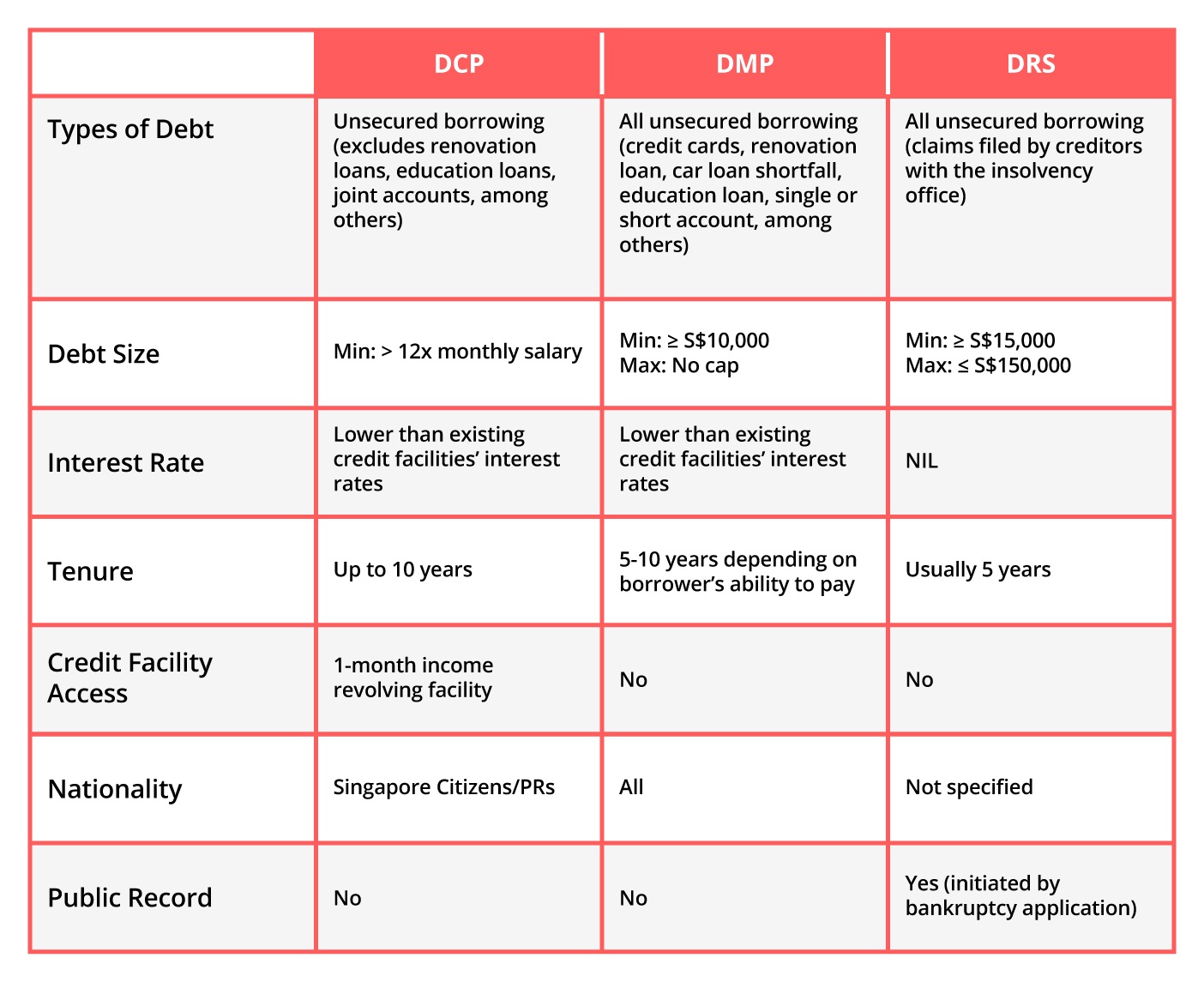Every Little Thing You Need to Know Concerning Developing an Individualized Debt Administration Strategy
In the realm of individual finance, devising a tailored financial debt administration strategy is typically the foundation of attaining monetary stability and satisfaction. By thoroughly reviewing your present monetary commitments, setting possible monetary objectives, and crafting a functional spending plan, you pave the way for reliable financial obligation repayment techniques. Nonetheless, the trip to monetary flexibility is not exclusively concerning preliminary planning; it additionally calls for recurring monitoring and modifications to make certain continued progression. As you navigate the complexities of developing a personalized financial obligation monitoring plan, understanding the details of each step is vital to your monetary success.
Examining Your Existing Financial Debt Scenario
One have to initially perform a complete analysis of their existing financial debt commitments prior to developing an effective financial debt monitoring strategy. Develop a thorough checklist of each financial debt, consisting of the complete quantity owed, rate of interest rates, minimal month-to-month payments, and due dates.
After compiling this information, determine your overall debt-to-income ratio by splitting your monthly financial obligation payments by your monthly income. This proportion is a key sign of your capability to manage existing financial obligation levels efficiently. In addition, analyze your credit history record to recognize any kind of errors or inconsistencies that might be impacting your credit rating. Recognizing these aspects of your economic situation will lead you in establishing an individualized financial obligation management plan customized to your specific needs and goals.
Setup Financial Goals and Targets

When setting financial goals, it's essential to be certain, quantifiable, achievable, appropriate, and time-bound (SMART) As an example, you may set an objective to pay off a specific amount of debt within a certain time framework, such as reducing your credit report card equilibrium by $5,000 in the next one year - More Discussion Posted Here. By establishing clear targets similar to this, you can track your development and stay motivated to achieve your financial debt management goals
Additionally, take into consideration prioritizing your debts based upon elements such as rate of interest, outstanding equilibriums, and payment terms. By concentrating on high-interest financial obligations initially, you can save money over time and accelerate your trip toward economic freedom. Remember, everyone's monetary scenario is special, so tailor your targets and objectives to fit your specific demands and circumstances.
Producing a Realistic Budget Plan
Crafting a well-defined budget plan is an essential step in effective financial obligation administration and financial preparation. A practical budget serves as a roadmap for your economic health, helping you track your revenue, expenditures, and financial obligation repayments. To create a practical spending plan, beginning by listing all your sources of income.
Frequently evaluation and readjust your budget plan as needed to stay on track with your monetary objectives and debt repayment strategy. By sticking to a realistic budget, you can successfully handle your financial obligation and work towards a more safe monetary future.
Discovering Financial Debt Payment Techniques
After establishing a realistic budget, the following critical step in reliable financial debt administration is to check out numerous debt settlement approaches. One common approach is the snowball method, where you concentrate on settling the smallest debts first while making minimal settlements on bigger debts. This approach can aid construct energy as you see smaller debts being removed, giving motivation to deal with bigger ones.
Another method is the avalanche method, which entails focusing on debts with the highest possible rates of interest. By targeting high-interest debts initially, you can lower the total amount you pay in passion with time. This technique may be much more affordable in the long run, despite the fact that it might take longer to see specific debts fully repaid.
Debt debt consolidation is another option where you combine several financial obligations into a solitary financing with a lower passion price. This can simplify your payment procedure and potentially minimize the complete passion paid. Nevertheless, it's important to carefully take into consideration the terms and fees linked with debt consolidation to ensure it's the best option for your economic scenario.
Surveillance and Adjusting Your Strategy

Changing her latest blog your plan might involve reallocating funds to take on high-interest debts initially, bargaining with lenders for reduced rates of interest or better settlement terms, or exploring extra income resources to expedite financial debt settlement. As your economic situation progresses, your financial obligation administration plan must adapt appropriately to remain reliable. By staying versatile and positive in tracking and changing your strategy, you can maximize your efforts in the direction of settling your debts effectively and achieving your monetary objectives.
Conclusion
Finally, creating a customized debt monitoring strategy entails examining current financial debt, establishing monetary goals, producing a reasonable budget, discovering settlement strategies, and monitoring and readjusting the strategy as required. By following these steps, individuals can take control of their financial situation and job towards coming to be debt-free. It is essential to remain self-displined and dedicated to the plan in order to achieve long-lasting economic security.
One must initially carry out an extensive analysis of their present financial obligation responsibilities before formulating an efficient debt management strategy.After establishing a sensible budget plan, the next critical step in efficient financial obligation management is to check out various financial debt repayment approaches - More Discussion Posted Here.To efficiently handle your financial obligation, continual tracking and change of your debt management plan are essential parts for long-term financial security.Adjusting your strategy might include reallocating funds to take on high-interest financial obligations initially, bargaining with lenders for lower passion rates or much better settlement terms, or exploring added anonymous earnings resources to quicken financial obligation settlement.In conclusion, creating an individualized financial obligation monitoring plan entails analyzing present financial debt, setting economic objectives, developing a reasonable budget, exploring repayment approaches, and tracking and adjusting the plan as required